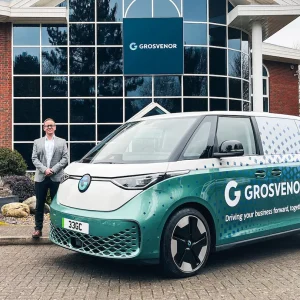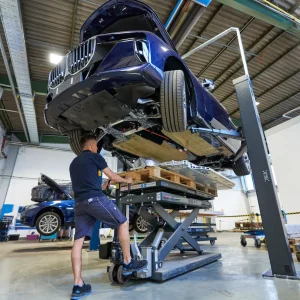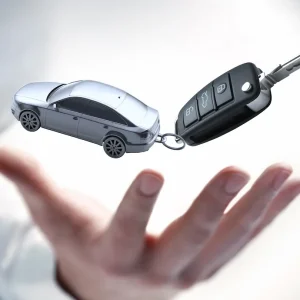There seems a near limitless assortment of technology aimed at keeping drivers and passengers in one piece. Active systems such as lane-keep assist and blind spot monitors are designed to prevent things from going wrong, and positive though they are,
it’s the stuff you can’t see, and that doesn’t appear on an options list, that will protect you when you’re heading for an accident and past the point of no return.
Passive safety technology is often obscured by the more glamorous and visually obvious practices of active systems, but it has developed at an equally voracious rate.
“One example is the steel we use in the safety cage of the new Volvo XC90,” says Selwyn Cooper, the firm’s head of business sales. “More than 40% of the cage is made from hot-formed boron steel, which is the strongest currently used in the car body industry [and] keeps the crash structure intact in an accident.
“Then there’s the collapsible section in the front seats of the S90, V90 and XC90. This gives way in a crash, absorbing up to a third of the force of the accident rather than that impact being transmitted through your spine.”
Seatbelts don’t appear to have changed much since their inception but there’s now a lot more to them than a bit of webbing and a retractor reel.
“A modern seatbelt comes with a collision warning system,” says Richard Cuerden, chief scientist at the Transport Research Laboratory. “It’s got a little electric motor that tightens the belt around you to remove the slack; then if you do have a collision, it removes even more slack and pulls itself in really tightly.
Seatbelts have progressed to the point where they can now spread the occupant’s weight to reduce injuries caused by the webbing digging in too hard and fast in one place.
Cuerden continues: “The seatbelt has a load limiter, so when the load hits a point that’s going to be injurious to you, the seatbelt isn’t just going to behave in one way. If it did, the loads would predictably break all your ribs or worse, but when it load-limits, it pays out the webbing in a controlled way and allows you to move forward into the airbag.”
The crash-testing process is just as significant in shaping safety technology as the hardware itself.
“In a severe frontal crash – each vehicle doing 40-50mph – we still see people being seriously injured or killed when they haven’t been crushed,” says Thatcham’s director of research, Matthew Avery. “That’s because the loading on the occupant is too high, and often these are elderly people who are less able to sustain the forces.
“Last year, we introduced the full overlap crash [to the Euro NCAP test], which is designed to stop this type of injury. We basically drive the car into a brick wall, which is different from a traditional crash where we use a soft, aluminium barrier and just 40% of the vehicle is impacted.
“The difference between those crashes is that the aluminium barrier encourages the manufacturer to stop any intrusion into the vehicle, which protects the occupants, [but] the manufacturers are making the structure so stiff that if you hit something solid like a truck, it’s bad news.
“The full overlap crash makes it so the restraints are not so stiff, but they lead to excessive loadings. It’s sort of increasing the complexities of the crash and the testing regime, so manufacturers can’t make the vehicle too soft, too stiff, give too much or make the strengths too soft or too solid – and it’s a constant balance.
Stronger and lighter
High-strength steel has evolved to the point where it’s playing a big role in safeguarding a vehicle’s occupants and simultaneously shedding weight.
“There’s been a slow and developed move towards advanced high-strength steels in the last 10 to 15 years,” says Kevin Edgar, head of marketing, automotive, at Tata, “and a swing change between vehicles made of mild, galvanised steel around 350 to 400 megapascals [or MPa – a measure of ultimate tensile strength].
“You’ve now got a whole stream of materials at 600MPa and above, which the industry uses as standard. They talk about an average across the industry of around 30 to 35% use advanced high-strength steels in the body structure.

“That’s typically because, as other features in the vehicle go up, they all add weight. For example, the average seat’s got half a dozen motors in it now – and the body structure has to compensate for all this. So having high-strength, lightweight steels produces a very safe body structure, but also helps to overcome some of the mass challenges manufacturers are faced with.”
Strengths are set to increase, according to Edgar, as is the accuracy of development software: “There are now grades above 1000MPa so you’re starting to see the capability expanding across all steel makers.
“We provide the OEM [original equipment manufacturer] crash management teams with ever-improvingdata about the performance of materials, which allows them to model their requirements more accurately every year. Capability in predictive software is getting better and better and has an impact on how refined the [steel’s] performance becomes.”





